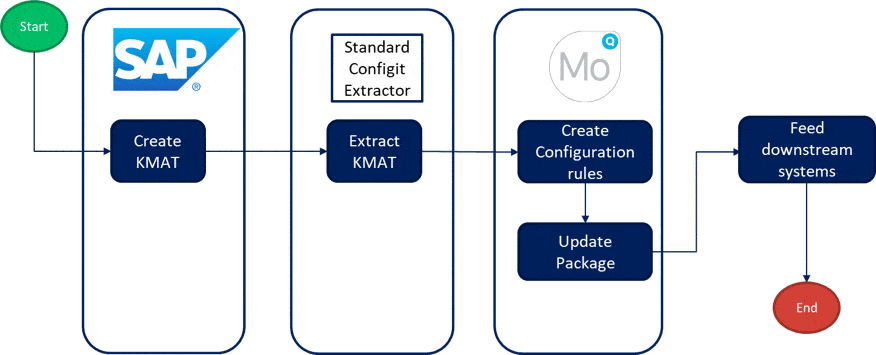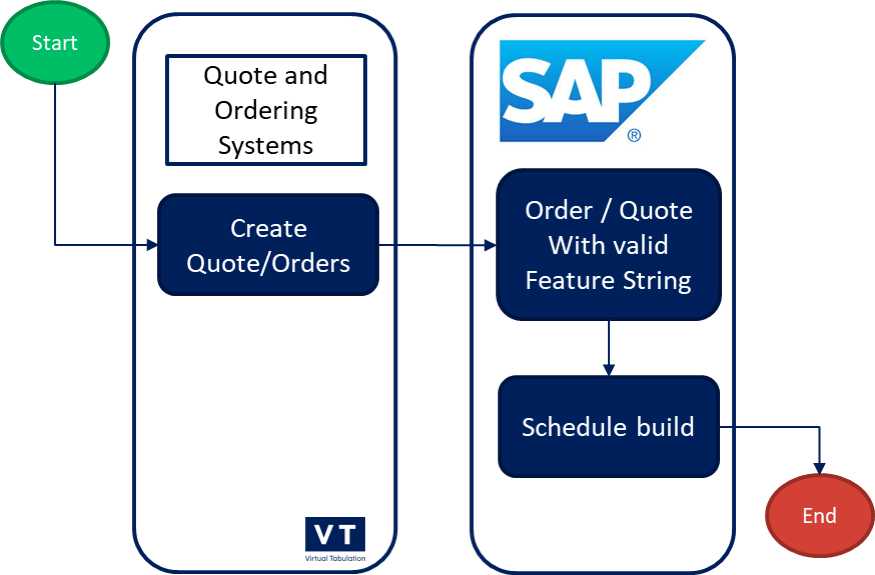As configuration experts we love SAP. That is why we are a SAP partner. With its plethora of modules SAP can help overcome numerous challenges a business faces. One such module is SAP VC
The SAP VC module enables users to create configuration logic for their products. This is achieved by creating dependencies. Users can create different types of dependencies that will constrain the product in some form or shape. These rules are then “activated” when someone is doing a configuration in the SAP landscape.
If you want users of other systems, such as your website or your quoting to follow the same rules you must rewrite the rules. This adds complexity to the process and allows for differences to be introduced.
The question is how complex is your product? Less choice usually means less rules and therefore rewriting rules in multiple systems is not a big deal and even keeping the original rules in VC might be fine.
However, you start facing challenges when:
- Your products become more complex
- There are a lot of product options and these options are interrelated
- Relationship between your product options are complex
- You realize that writing rules requires a considerable amount of expertise not only in the product but also in the tool
- Your configurator does not perform well
- Sharing configuration knowledge is not easy
- The whole process is not scalable
You might find yourself faced with one or several of the issues listed above. When that happens SAP VC becomes less appealing.
Most probably at this point you would have invested quite a bit of time building up your product information in SAP. You probably have a landscape that is geared to work with SAP. Starting everything from scratch because the configuration is not fit for purpose is not a great option.

